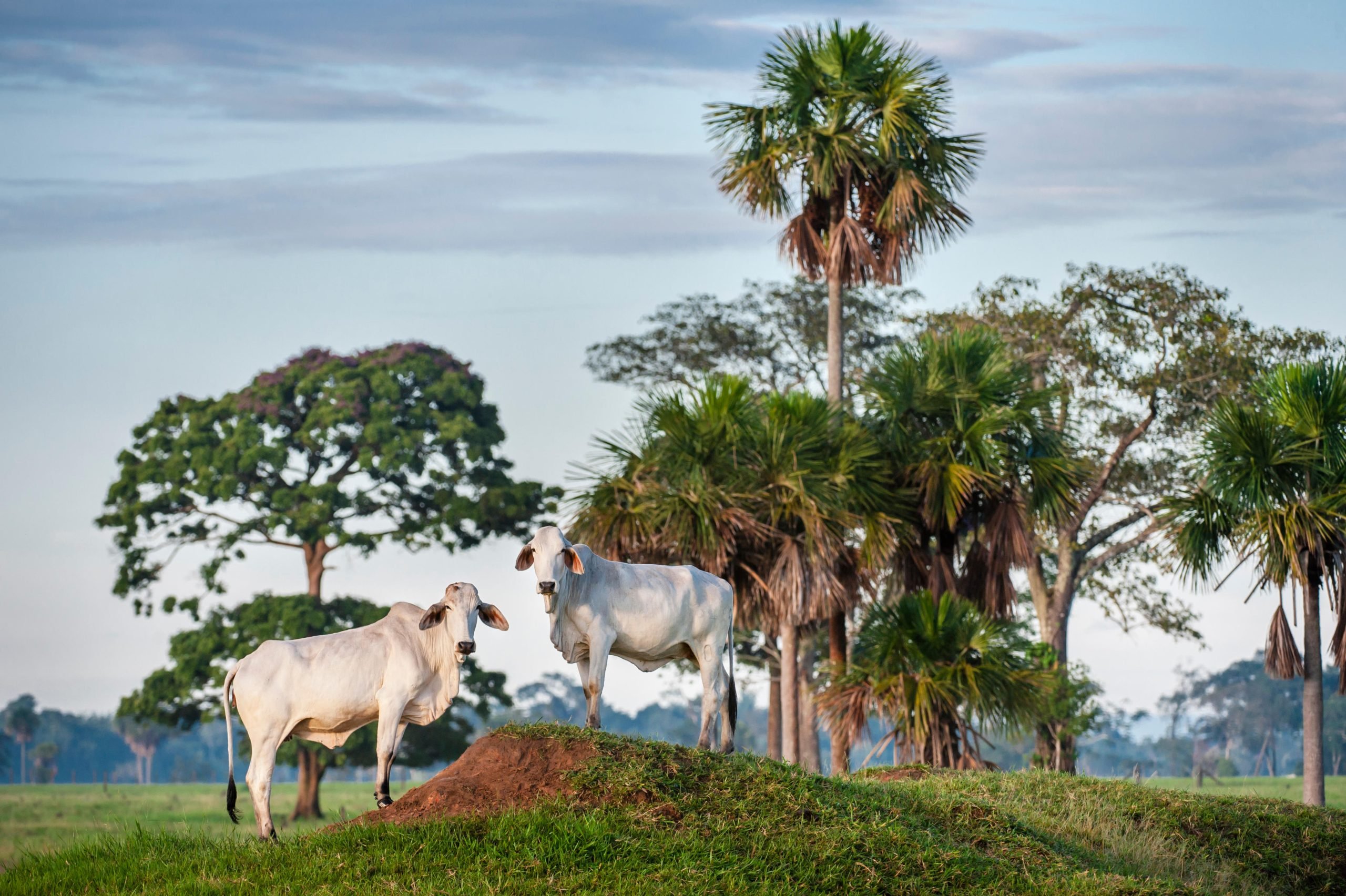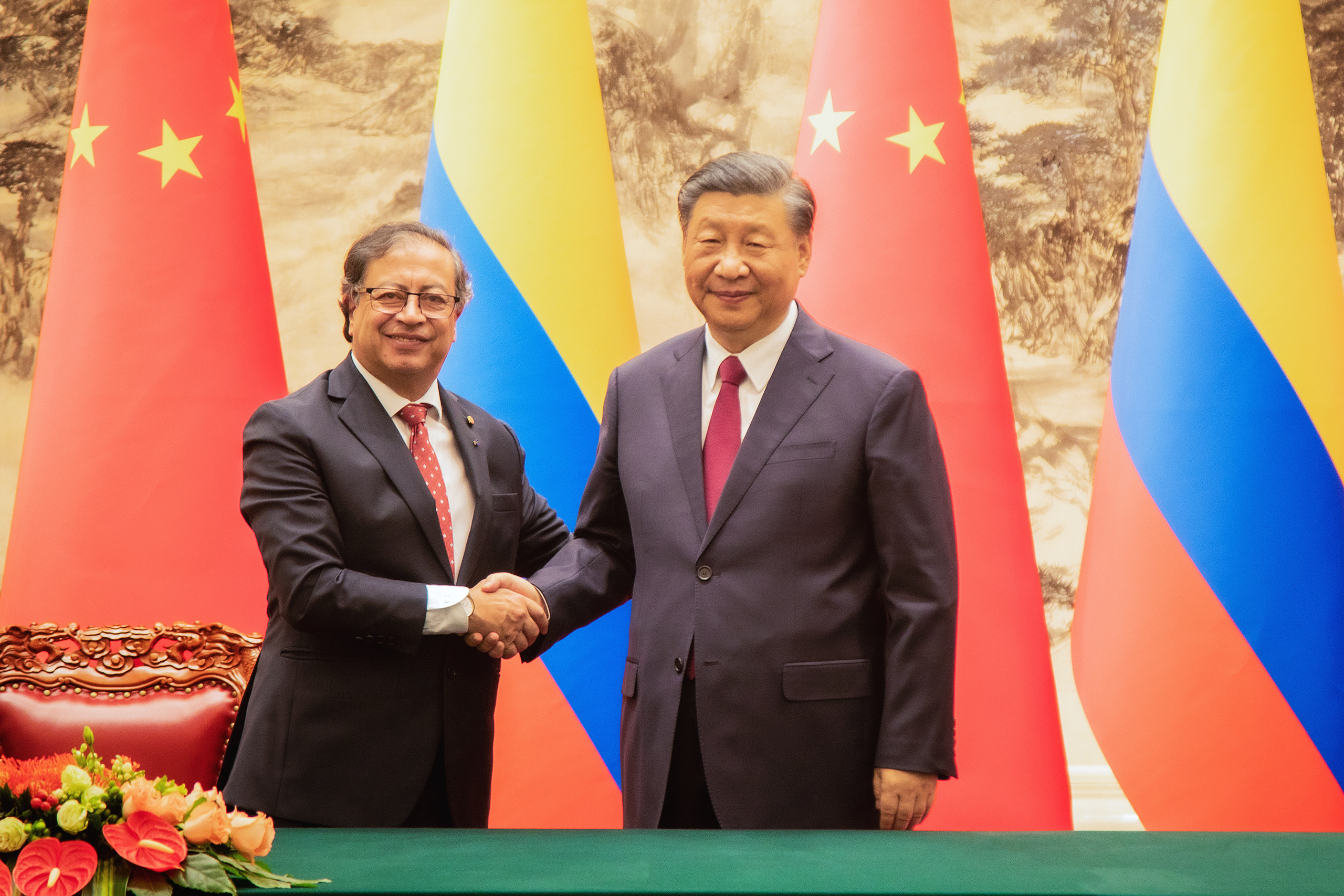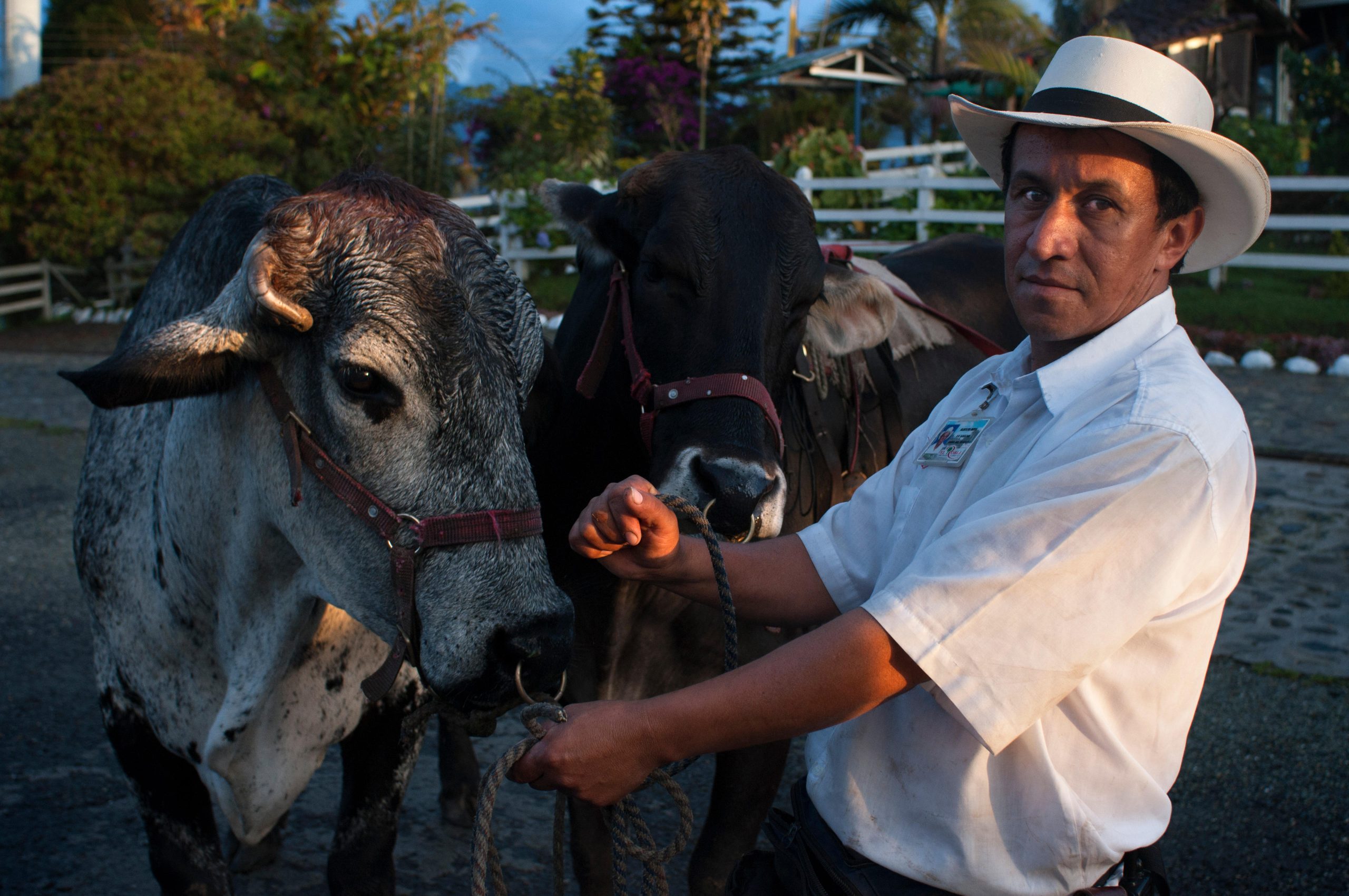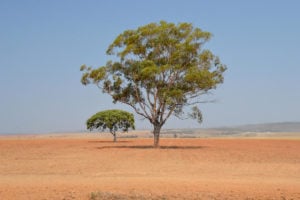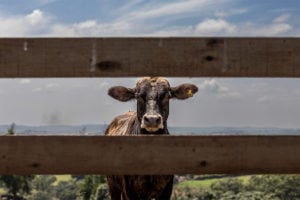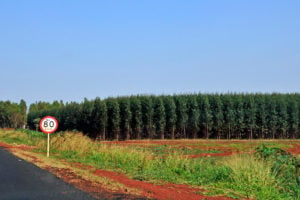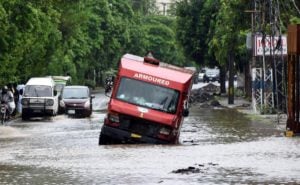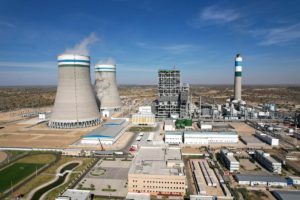Last October, Colombian president Gustavo Petro travelled to Beijing and sealed 12 agreements with his Chinese counterpart, Xi Jinping, including a trade protocol paving the way for exports of Colombian beef to China.
According to experts from the country’s livestock farmers’ union, the country’s beef exports to China alone could now reach more than 100,000 tonnes per year by 2025 – more than double the 45,000 tonnes it exported in total in 2022.
The news has been cause for celebration for livestock producers and their unions. But it has also been met with concern from environmental organisations, who fear that the prospect of increased exports could drive producers to deforest land to expand their output. Given that over the last three decades, cattle ranching has been linked to more than 3 million hectares of deforestation in the Colombian Amazon, their concerns may not be unwarranted.
The agreement
Colombia first began to explore the avenue for beef exports to China over a decade ago. Mario Valencia, director of international affairs for the country’s agriculture ministry, told Dialogo Chino that this process was a slow one. This was due to Colombia’s need to comply with China’s sanitary requirements, such as being an exporting country free of foot-and-mouth, an infectious disease affecting livestock.
A month before Petro’s trip, his agriculture minister Jhenifer Mojica had visited China for a series of meetings, and looked to progress efforts to secure Colombian beef’s admission into the Chinese market.
With the protocol finally signed, Valencia claimed Colombia could one day even reach 250,000 tonnes of annual beef exports, which could generate income of “around one billion dollars”, he added. According to Fedegan, Colombia’s main livestock farming association, the first container of Colombian beef will reach the Chinese market in early 2024.
Juan Fernando Roa, general manager of the Colombian Agricultural Institute (ICA), which is responsible for the supervision of sanitation of livestock activities, explains that the biggest challenge of the agreement was meeting China’s sanitary requirements. In 2018, Colombia had an outbreak of foot-and-mouth disease, which closed doors for beef exports to several countries, and took two years to overcome.
“By 2020, through vaccination, we managed to recover the health status of a country free of foot-and-mouth disease, and from there we resumed the negotiation of the protocol with China,” Roa explains.
However, questions remain over Colombia’s ability to triple its beef exports in such a short space of time, without deforestation and impacts on its biodiversity.
Environmental concerns
Cesar Molinares is a journalist who has worked on projects spotlighting the opaque activities of cattle ranching in Colombia, and its links to deforestation.
Molinares told Diálogo Chino that the mechanisms for controlling the origin of cattle in Colombia are fragile, and that traceability in the Colombian livestock industry is a problem.
In his research, he claims that the involvement of intermediaries in the livestock supply chain complicates the identification of the original source of the cattle: these actors may buy and sell cattle raised illegally in protected areas, such as within the Amazon rainforest, meaning the animals pass through several hands before they reach certified collection centres in permitted areas. With so many links in this chain, the animal’s origin is easily lost.
Molinares also points out that between 2014 and 2021, more than 110,000 head of cattle originated from areas close to national and regional natural parks in the Colombian Amazon. According to the researcher, this is undermining the ecology of reserves that protect the planet’s most important rainforest.
He adds that many companies have no major certification or reliable green seals to guarantee that their cattle do not come from protected areas, such as the Amazon rainforest or national parks. The government is currently implementing the Colombian Environmental Seal (SAC), which establishes criteria for sustainable livestock farming.
This certification represents an ecological distinction conferred on sustainable livestock farming in Colombia. It is awarded through certification bodies endorsed by the Colombian National Accreditation Body (ONAC) and the National Environmental Licensing Authority (ANLA), and is valid for three years. During this period, regular follow-ups are carried out to assess compliance and encourage the adoption of best practices. However, there are concerns about third-party verification of the seal process when documenting the traceability of livestock.
“We asked the supermarkets: if you are saying that this seal is green, let us see where your cattle come from,” Molinares said. To this, they replied that it was “reserved information”.
What do the farmers say?
Fedegan acknowledges that there are problems around traceability of the origin of cattle exported from Colombia, but says it is working to solve these and look for alternatives.
José Felix Lafaurie, president of Fedegan, told Dialogo Chino that traceability is an unresolved issue, but said there is progress being made: “We have managed to improve the traceability system with the implementation of the SAC. We hope that in the next few months the country will be able to have full certainty about the origin of the meat.”
The president is confident that the SAC will develop well: “It is a seal of quality that we will try to impose in markets with premium prices… A sufficiently rigorous traceability monitoring system is the only thing that can guarantee a consumer or a country that buys meat that there is no doubt as to its origin.”
Minerva Foods is one of Latin America’s leading meat companies, producing in Brazil, Paraguay, Argentina, Uruguay and Colombia, and exporting cattle to more than 100 countries. The company told Dialogo Chino that they are aware of the big challenges in the sector and say that “the industry is aiming to meet sustainability commitments”. They point to, for example, their aim to achieve carbon neutrality by 2035.
A rigorous traceability system is the only thing that can guarantee to a buyer that there is no doubt as to their meat’s originJosé Felix Lafaurie, president of Fedegan
In its response to Diálogo Chino, Minerva said: “As part of these goals, we committed to monitor 100% of our direct suppliers in all the countries where we operate in South America. In the case of Colombia, we achieved full monitoring of direct suppliers by July 2023.”
Official response
Roa, the ICA’s general manager, acknowledges that there are gaps in traceability controls, but says they are working on measures to monitor livestock in protected areas, and on the integration of information systems: “In this way we will be able to integrate not only environmental elements, but mainly sanitary ones, which are the basis of this traceability model. These aspects will be incorporated in the coming months.”
Valencia, from the agriculture ministry, supports the agreement with China, and argues that they hope to achieve a transition to sustainable livestock farming. He adds that the government is committed to international agreements to preserve the environment: “No one would think that we would be successful in international trade and in our international relations if we maintain polluting practices or practices that contribute to deforestation over time.”
Despite this, the trade agreement with China does not contemplate significant changes in the traceability mechanisms for Colombian livestock, but focuses mainly on sanitary requirements, Valencia said.
Ban or alternatives
Environmentalists in Colombia are torn between whether to campaign to completely limit extensive cattle ranching to avoid deforestation, or to look for alternatives that protect the environment.
Professor Gabriel Tobón, of the environmental studies faculty at the Javeriana University in Bogotá, said that cattle ranching in the Colombian Amazon is not sustainable, and that strategies for productive restoration of land are needed, rather than expansion. “The ceiling of land that we should be using in livestock systems is 19 million hectares, and we are using approximately 40 million hectares,” he said.
Tobón added that the country’s environment ministry itself has acknowledged that the soils of the Amazon are not suitable for cattle ranching, and that this activity is directly linked to deforestation. Expressing concern over the new export agreement, he said that an effective strategy to control deforestation in the Colombian Amazon would involve limiting the expansion of cattle ranching in the region.
“Amazonian soils are not suitable for livestock systems, their main vocation is conservation,” said Tobón, adding that “the expansion of livestock farming in the Amazon often leads to the appropriation of land by powerful economic groups.”
To address this challenge, the professor proposes two fundamental strategies: the participation of local communities, in particular Indigenous authorities, and regulation by entities such as the ICA.
Amazonian soils are not suitable for livestock systems, their main vocation is conservationGabriel Tobón, environmental studies professor, Javeriana University
Professor Carlos Barreto, director of the natural sciences programme at the Universidad de la Sabana, explained that the transformation of forested areas into grazing pastures for livestock often leads to the overuse of fertilisers and pesticides, which contaminates nearby water bodies and negatively affects biodiversity. This also affects rural communities who depend on this diversity and fertility.
However, he believes that there are sustainable alternatives that allow livestock farming to coexist with conservation. One ancestral practice is rotational grazing, where the area is divided into smaller sections for cattle to move between, allowing pastures to rest and recover, which reduces soil erosion.
Faced with questions posed by the new agreement with China, Colombia is at a crossroads: to pursue livestock farming that increases deforestation problems, or one that exists in harmony with the preservation of the land. With the country having made important international commitments on environmental protection, and emerged as a leading voice on the global environmental stage, joint efforts towards the latter could pave the way towards a more sustainable balance.
